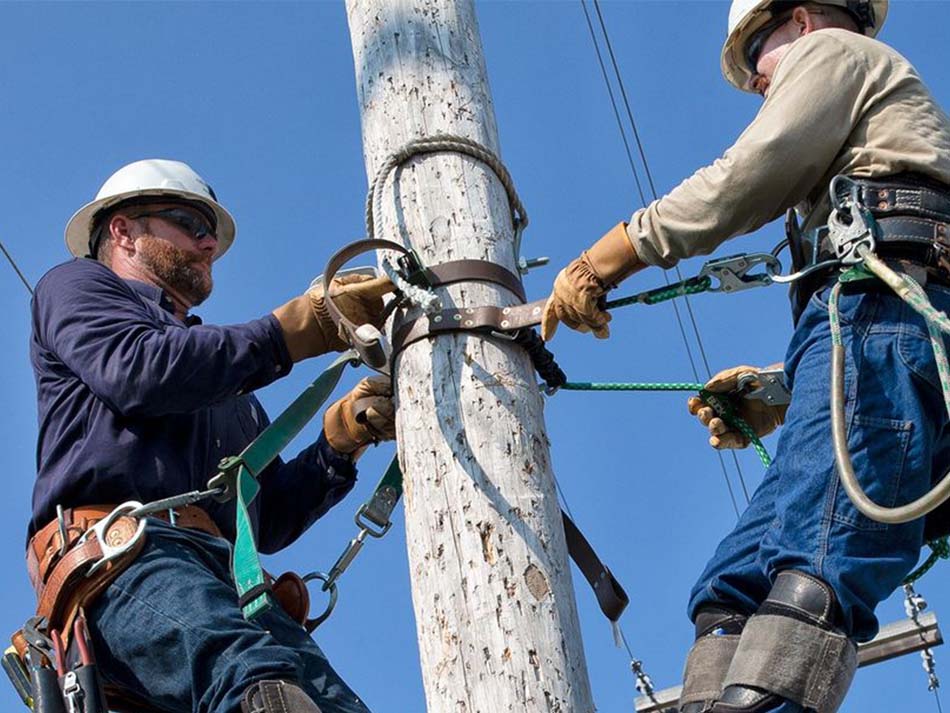Why the Right Base Layers Matter in Arc-flash Environments
April 21, 2023
Fire- and flame-resistant (FR) work clothing can protect the wearer from fire, heat and more. But wearing arc-rated (AR) layers adds extra protection and can prevent serious injury. Here’s why those arc-rated layers are so important and what to look for when buying yours.
What is an Arc-rated Base Layer
FR and AR workwear must meet Occupational Safety and Health Administration (OSHA) guideless for flames, sparks, electrical arcs, and heat. The goal of the fabric is to provide a layer of protection from burns and injuries. When it comes to base layers, that protection is extra important. If a person is wearing base layers made from common fabrics, such as nylon or spandex, they could melt or even catch fire — even under FR approved outerwear.
Arc-rated base layers include leggings and long-sleeve tops, long johns, as well as balaclavas or snoods. These last lines of defense are often made from FR materials such as Merino wool and/or FR viscose tricot. These fabrics are designed to withstand the heat from an arc flash without melting on the skin.
To determine the right level of protection at your workplace or work environment, see the Protection from Flames and Electric Arcs documentation from OSHA and the U.S. Department of Labor.
Choose Protection and Comfort
Base layers approved for arc-flash environments can protect the wearer from further injury, but they’re also designed to keep them comfortable in plenty of conditions. Suitable base layers can provide extra warmth in the colder months, moderate body temperatures in the warmer months, and wick away moisture.
What Not to Wear
Base layers should not be made from acetate, polypropylene, spandex, or nylon. Cottons can also pose a risk of either catching fire or melting in extreme conditions.
Complying with NFPA 70E Consensus Standard
Every rated piece of FR and AR clothing will have an Arc Thermal Performance Value (ATPV) rating. This indicates the maximum heat the fabric can absorb before the wearer suffers second-degree burns. These numbers are expressed in calories per centimeter squared. For example, a FR-rated pair of pants and shirt combined with arc-rated base layers may reach 20 cal/cm2. For reference, 1 cal/cm2 is equal to holding your hand over the flame on a candle for one second. So, the higher the number, the better the protection. But these numbers must be in accordance with ASTM F-1959 test method. Learn more about that here.
Coastal tip: do you wear a safety vest at work? Only wear AR visibility vests over FR clothing to avoid reducing the effectiveness of the protection.
AR Clothing Must Fit Properly
Loose or tight-fitting AR-rated clothing can minimize their protection. If your base layers start to show signs of wear or have holes, replace them as soon as possible.
Coastal Carries AR-rated Base Layers
You’ll find a complete line of fire-resistant as well as arc-rated base layers for any profession at your nearby Coastal. While you’re at the store, try on a pair of boots or take a stroll over to the sporting goods department and go home with everything you need for your country and work life.
